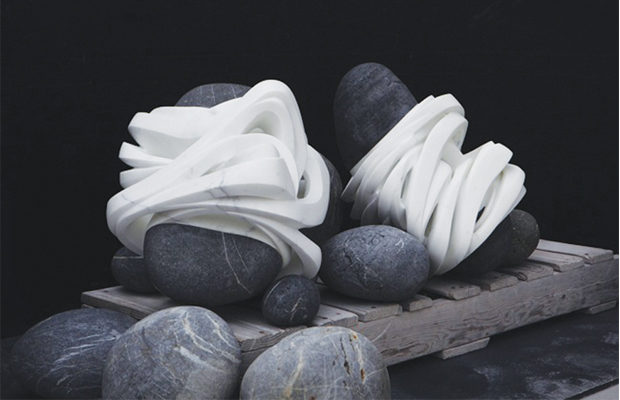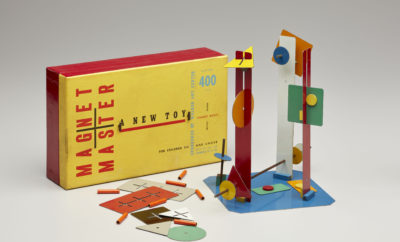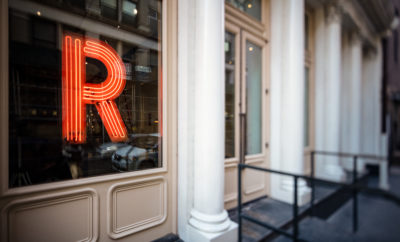
Design
Opposites Attract: Elizabeth Turk Explores Nature and the Manmade

Elizabeth Turk’s new pieces are so different visually from the critically acclaimed marble sculptures that preceded them that they may not be immediately recognizable as hers. “I’ve introduced a lot of raw elements—natural elements in their beautiful, unsculpted state as they come up against my own intentional carved work,” she says. But for Turk these raw elements, essentially unworked stones from the Baja Peninsula or green quartzite from Idaho, provide a link and allow her to see the new pieces as a continuation of her previous work. “I’ve always used marble that was a found object—you know, that had a history before I used it, and that sort of put me into situations where there were other stones. I was captivated, for instance, by the green of that Idaho quartzite, and I just wanted to find a way to integrate it into the work itself. So it’s been a continuation of that theme—it just expanded out into the natural elements of the West.” She does, however, admit to a change in emphasis. “The general idea of the show is to bring the incredibly intense, intentional [manmade] efforts on this planet right up against the beautiful wonders of nature, more specifically from the West—the western part of the U.S.” The nature vs. culture theme of the new sculptures is also reflected in the title of this body of work, exhibited at New York’s Hirschl and Adler Galleries from September 17 to October 24. “Tension” broadens the reference from a single object to a relationship between elements, even a psychological or spiritual two opposing modes of existence.
There is, in addition, a newly discernible contemplative component. Turk speaks of this as purposeful, part of her continuing desire to enlarge her audience, to make work in which everyone, not just art aficionados, can find some freedom. She wants the pieces to resonate beyond the objects themselves, to be “a portal, an opening, a door…touchstones for a kind of complexity of ideas that would allow not only many personal, more intimate associations, but just the space to have even completely disparate ideas exist simultaneously.” Of course, this idea applies in some way to all great art, and these new objects certainly exhibit the same exquisite technical expertise and profound thought that put her earlier work in that category. The new pieces, however, would be equally at home in an art gallery or a Zen garden, surrounded by perfectly raked sand, receptacles for the energies of the mind as well as the hand.












